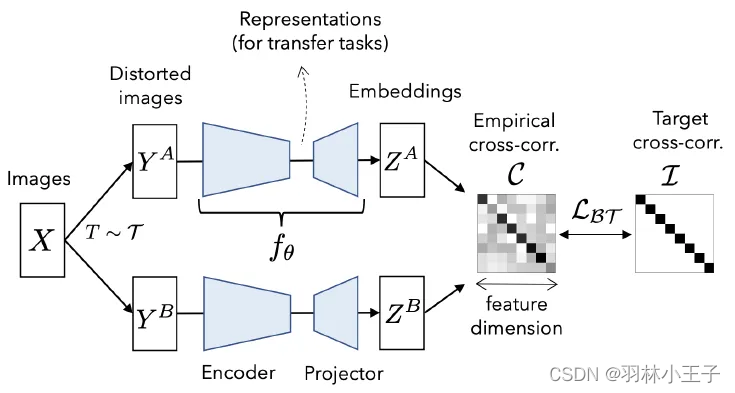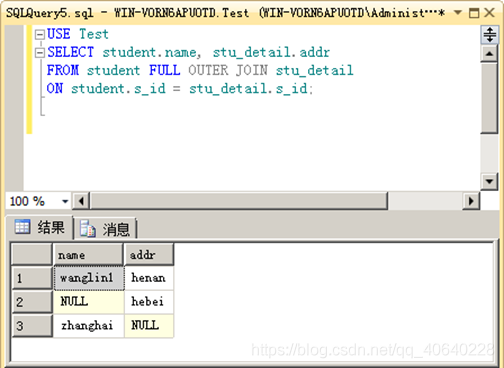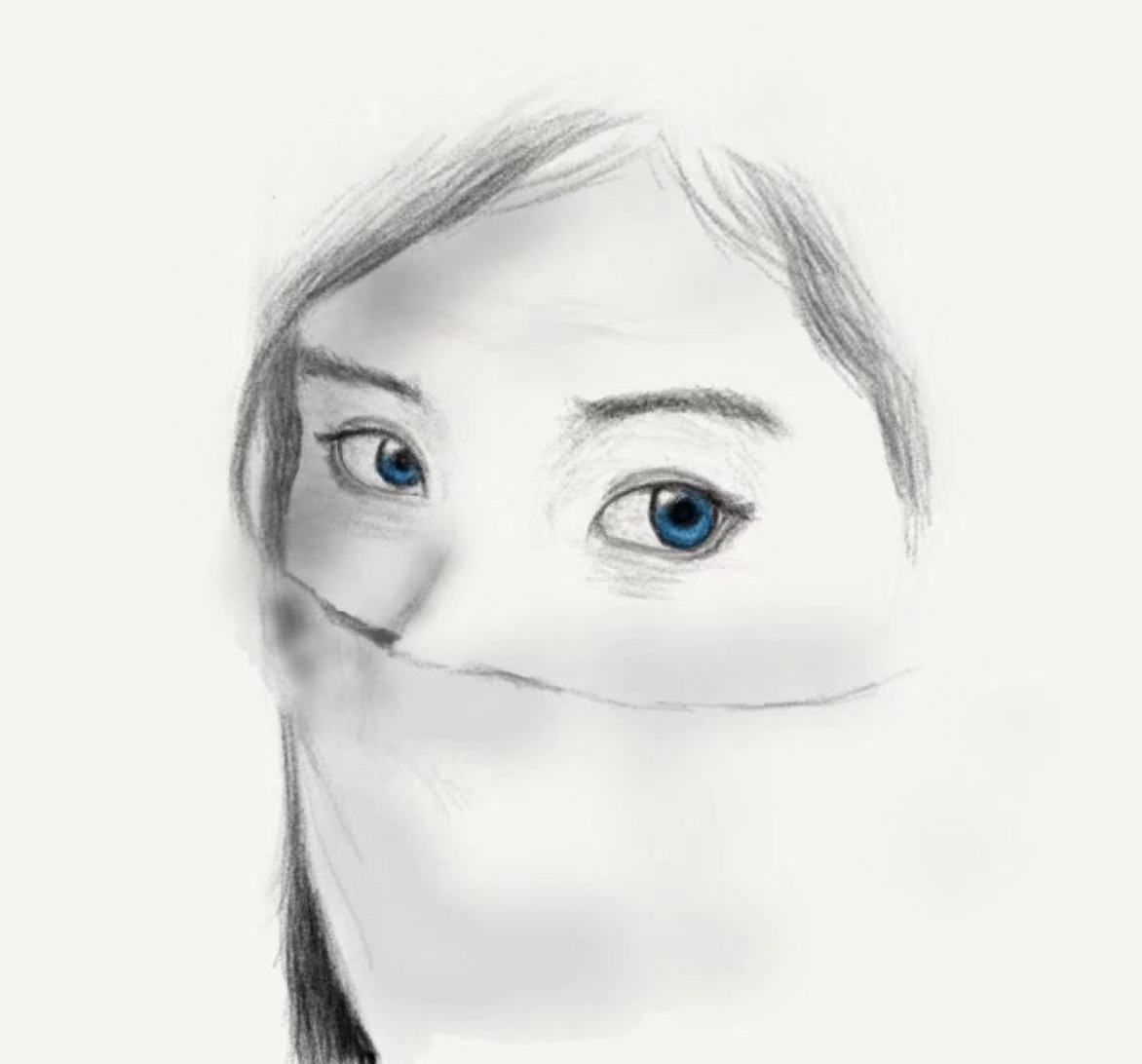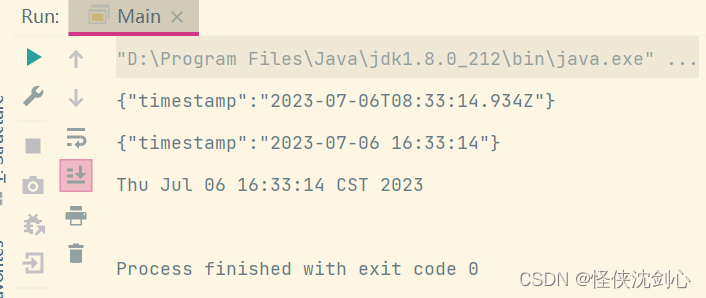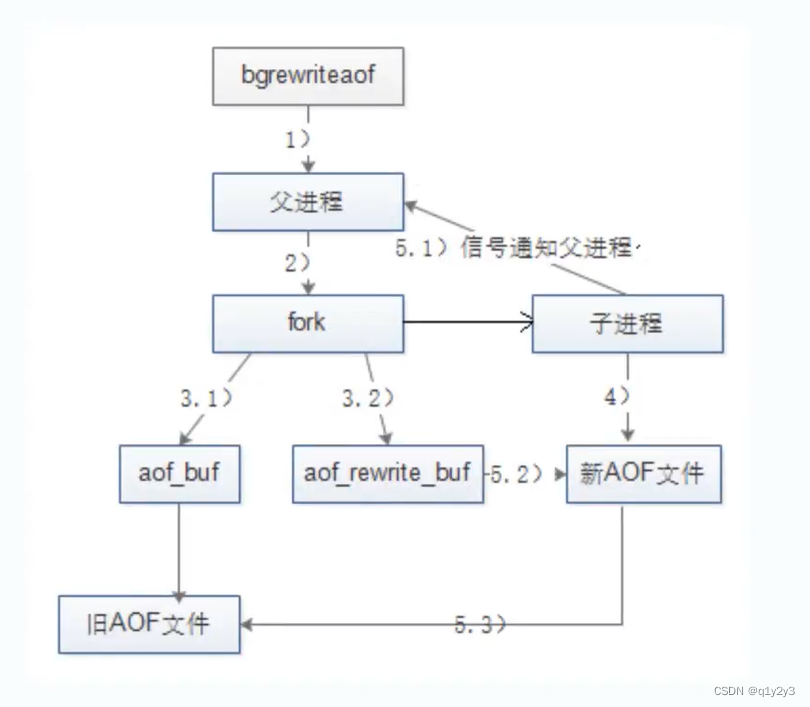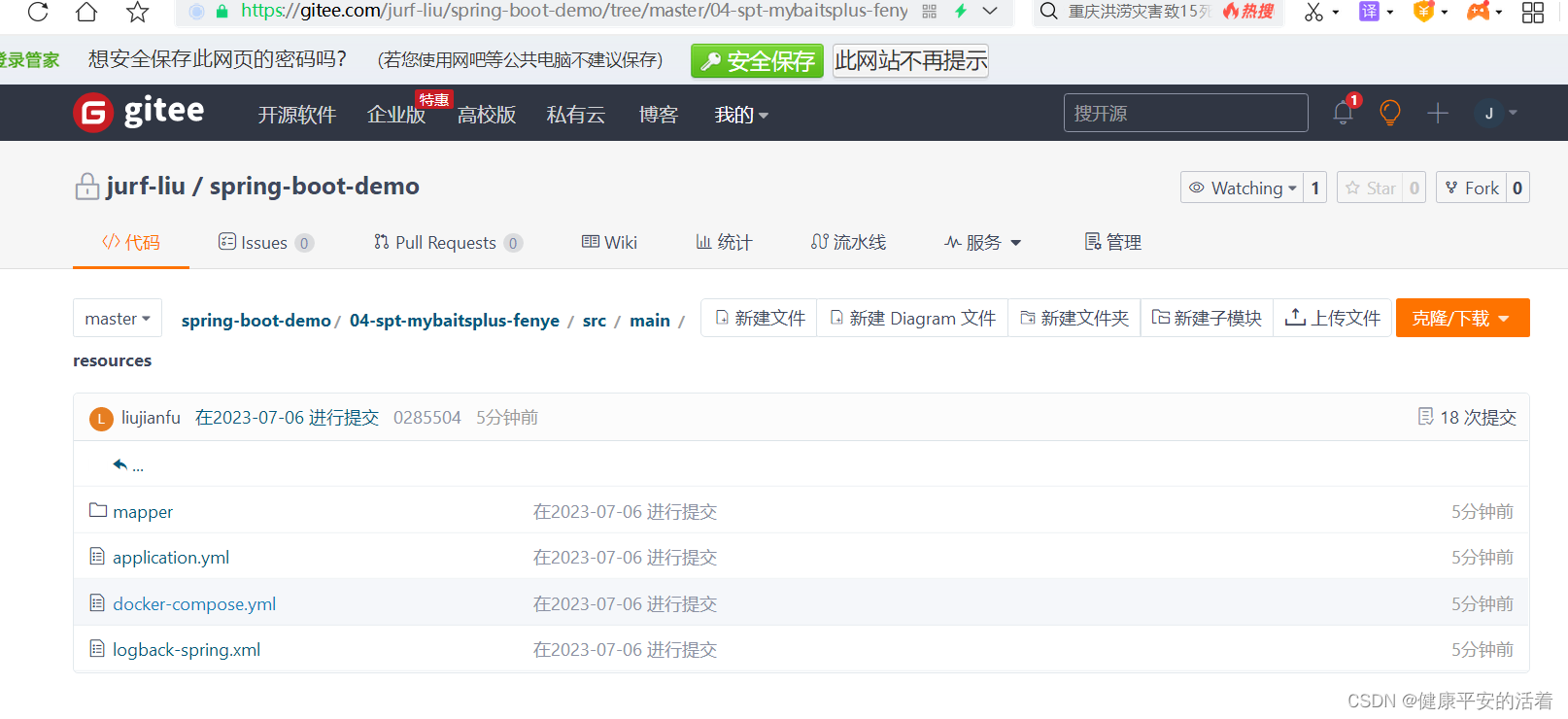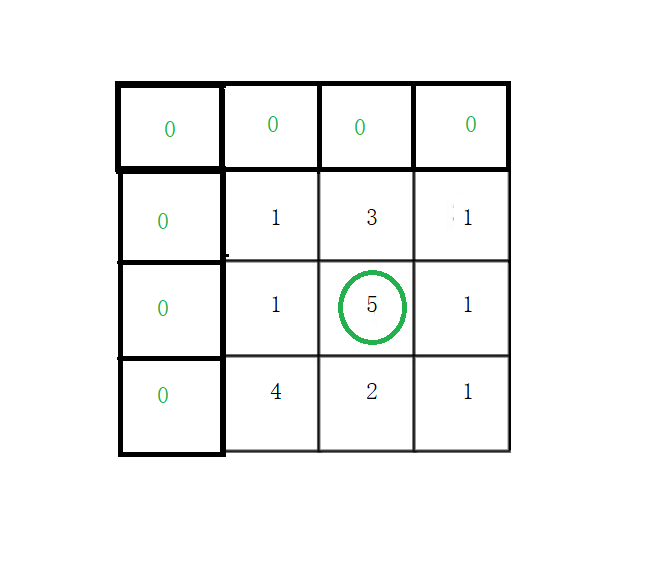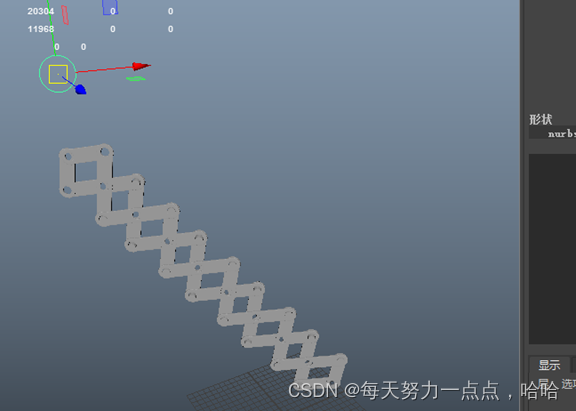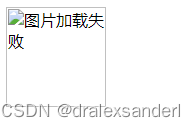使用matplotlib制作动态图
- 一、简介
- 二、模块简介
- 1. **FuncAnimation**类介绍
- 2. 定义动画更新函数
- 三、使用matplotlib制作动画
- 1.一步法制作动态图片
- 2. 两步法制作动态图片
一、简介
matplotlib(https://matplotlib.org/)是一个著名的python绘图库,由于其灵活强大的绘图功能使得在python中可视化变得非常容易,关于matplotlib的基础知识这里不再介绍,有疑问可以去官网翻Tutorials和example学习。由于我们实际使用时常常是绘制静态图,忽略了matplotlib的动态图生成功能,同时matplotlib生成动态图的功能不是非常友善,因此大部分人在真的需要制作动态图时都会选择先用matplotlib生成一系列静态图片,然后再用其它相对比较容易使用的第三方python库生成动态图,如imageio(https://imageio.readthedocs.io/en/stable/#), 或者使用其它工具,如Matlab。这里打算简单介绍一下在matplotlib库中制作动态图的方法。
二、模块简介
matplotlib的animation模块提供了动态图制作功能,animation类提供了两个方法来生成动态图,即FuncAnimation和ArtistAnimation,这里我们使用FuncAnimation方法重复调用函数来生成图片。
1. FuncAnimation类介绍
FuncAnimation类的主要参数包括:
- fig: 每一帧画面绘制使得Figure对象
- func: 定义动画每一帧的更新函数,通常这一函数需要包含额外参数,此时可以用functools.partial来生成。
- frames:可以是可迭代对象,整数,或者生成函数或者缺省。
- init_func:初始化函数
- inteval:每一帧画面的停留时间
- repeat:当动态图中所有帧都播放完了之后是否重复播放
- bilt:是否使用blitting来优化绘图
- …
2. 定义动画更新函数
在FunAnimation类中,更新函数在每一帧中都会被重新调用,通过在更新函数中更改一些绘图函数的数据,在每一帧我们就能得到不同的图片,然后FunAnimation的Writer(后端)将这些图片组合就能得到动态图片。关于更新函数的一些需要注意的地方是:
- 如果设置了bilt == True,更新函数的最后就需要返回所有被修改或创建的Artists的引用变量
- 生成函数的第一个传入参数必须是当前的帧数,其具体值可以通过frames参数定义,可以是可迭代类型或整数
三、使用matplotlib制作动画
1.一步法制作动态图片
由于matplotlib本身自带强大的绘图功能,因此我们可以不用生成图片,直接在初始绘图的基础上通过更新函数来修改绘图数据,一步直接生成动态图片,方便快捷,以下是代码:
import numpy as np
from matplotlib.animation import FuncAnimation
import matplotlib.pyplot as plt
from functools import partial
### 绘制y=sin(2pi(x+t/t_0))*sin(2pi(t/t_0))
def getSinx_t(t=0, t_0=120, x_count=1e5):
x = np.linspace(0.0, 1.0, int(x_count))
y = np.sin(2.0*np.pi*(x + t/t_0))*np.sin(t/t_0*2.0*np.pi)
return x, y
### 图片初始化
fig, ax = plt.subplots(dpi=100)
ax.set_aspect('auto')
ax.set_xlim((0.0, 1.0))
ax.set_ylim((-1.0, 1.0))
ax.set_xlabel('x')
ax.set_ylabel('y')
ax.set_title(r'$y=sin[2\pi(x+t/t_0)]*sin(2\pi t/t_0)$')
### 绘制初始曲线
x, y = getSinx_t()
y_up = y[np.where(y>0)]
x_up = x[np.where(y>0)]
x_dn = x[np.where(y<0)]
y_dn = y[np.where(y<0)]
plot_line = ax.plot(x, y)
plot_hline = ax.hlines(y=0.0, xmin=0.0, xmax=1.0, linestyles='dashed', colors='grey')
fill_xy_up = ax.fill_between(x=x_up, y1=y_up, y2=0, color='red', alpha=0.3)
fill_xy_dn = ax.fill_between(x=x_dn, y1=y_dn, y2=0, color='green', alpha=0.3)
plot_text = ax.text(x=0.8, y=0.75, s='t=0', fontsize=16, fontfamily='cursive')
### 定义动画更新函数
def UpdateFigure(num, f_plot_line, f_fill_xy_up, f_fill_xy_dn, f_plot_text):
x_update, y_update = getSinx_t(t=num)
f_plot_line[0].set_data(x_update, y_update)
f_plot_text.set_text('t={}'.format(num))
x_up = x_update[np.where(y_update>0)]
y_up = y_update[np.where(y_update>0)]
xy_up1 = np.column_stack((x_up, y_up))
xy_up2 = np.column_stack((x_up[::-1], np.zeros(x_up.shape)))
x_dn = x_update[np.where(y_update<0)]
y_dn = y_update[np.where(y_update<0)]
xy_dn1 = np.column_stack((x_dn, y_dn))
xy_dn2 = np.column_stack((x_dn[::-1], np.zeros(x_dn.shape)))
f_fill_xy_up.set_verts([np.vstack((xy_up1, xy_up2))])
f_fill_xy_dn.set_verts([np.vstack((xy_dn1, xy_dn2))])
return [f_plot_line[0], f_fill_xy_up, f_fill_xy_dn, f_plot_text]
### 创建FunAnimation对象
ani = FuncAnimation(fig, partial(
UpdateFigure,
f_plot_line=plot_line,
f_fill_xy_up=fill_xy_up,
f_fill_xy_dn=fill_xy_dn,
f_plot_text=plot_text),
np.arange(120),
blit=True)
### 保存动态图片
ani.save('sinxt.gif', fps=60)
以下为得到的动态图片:

2. 两步法制作动态图片
所谓两步法是指,首先用matplotlib生成一系列静态图片,然后结合matplotlib.image.imread读取图片功能和matplotlib.axes.Axes.imshow展示图片功能,来动态地更新图片,这种方法相比于上一种方法稍微复杂,但是这种方法灵活性更高,同时也可以用来组合一些非matplotlib生成的图片。以下为代码:
import matplotlib.pyplot as plt
import matplotlib.image as mimg
from matplotlib.animation import FuncAnimation
import numpy as np
from functools import partial
import os
### 绘制y=cos(2pi(x+t/t_0))*cos(2pi(t/t_0))
def getCosx_t(t=0, t_0=120, x_count=1e5):
x = np.linspace(0.0, 1.0, int(x_count))
y = np.cos(2.0*np.pi*(x + t/t_0))*np.cos(t/t_0*2.0*np.pi)
return x, y
fig_count = 120 # 图片总数
### 定义生成所有图片的函数
def getFigrues(fig_count):
try:
os.mkdir('fig')
except FileExistsError:
print("Dir Exist!")
for i in range(fig_count):
fig, ax = plt.subplots(dpi=100)
ax.set_aspect('auto')
ax.set_xlim((0.0, 1.0))
ax.set_ylim((-1.0, 1.0))
ax.set_xlabel('x')
ax.set_ylabel('y')
ax.set_title(r'$y=cos[2\pi(x+t/t_0)]*cos(2\pi t/t_0)$')
x, y = getCosx_t(t=i)
y_up = y[np.where(y>0)]
x_up = x[np.where(y>0)]
x_dn = x[np.where(y<0)]
y_dn = y[np.where(y<0)]
ax.plot(x, y)
ax.hlines(y=0.0, xmin=0.0, xmax=1.0, linestyles='dashed', colors='grey')
ax.fill_between(x=x_up, y1=y_up, y2=0, color='red', alpha=0.3)
ax.fill_between(x=x_dn, y1=y_dn, y2=0, color='green', alpha=0.3)
ax.text(x=0.8, y=0.75, s='t={}'.format(i), fontsize=16, fontfamily='cursive')
fig.show(False)
fig.savefig('./fig/{}.jpg'.format(i))
plt.close(fig)
getFigrues(fig_count)
### 读取图片尺寸
def GetFigSize(fig_path='./fig/0.jpg'):
now_img = mimg.imread(fname=fig_path)
img_pxy = now_img.shape
return img_pxy[1], img_pxy[0]
### 绘图初始化
img_px, img_py = GetFigSize()
img_dpi=100
fig, ax = plt.subplots(figsize=[img_px/img_dpi, img_py/img_dpi], dpi=img_dpi)
ax.set_aspect('equal')
ax.set_position([0.0, 0.0, 1.0, 1.0])
ax.set_axis_off()
plot_img = ax.imshow(X=np.zeros((img_py, img_px, 3)))
### 定义动画更新函数
def UpdateImages(num, f_plot_img):
now_img_path = './fig/{}.jpg'.format(num)
now_img = mimg.imread(fname=now_img_path)
f_plot_img.set_data(now_img)
return [f_plot_img]
### 创建FunAnimation对象
ani = FuncAnimation(
fig, partial(UpdateImages, f_plot_img=plot_img),
np.arange(fig_count),
blit=True)
### 保存动态图片
ani.save('cosxt.gif', fps=60)
得到的动态图片:

